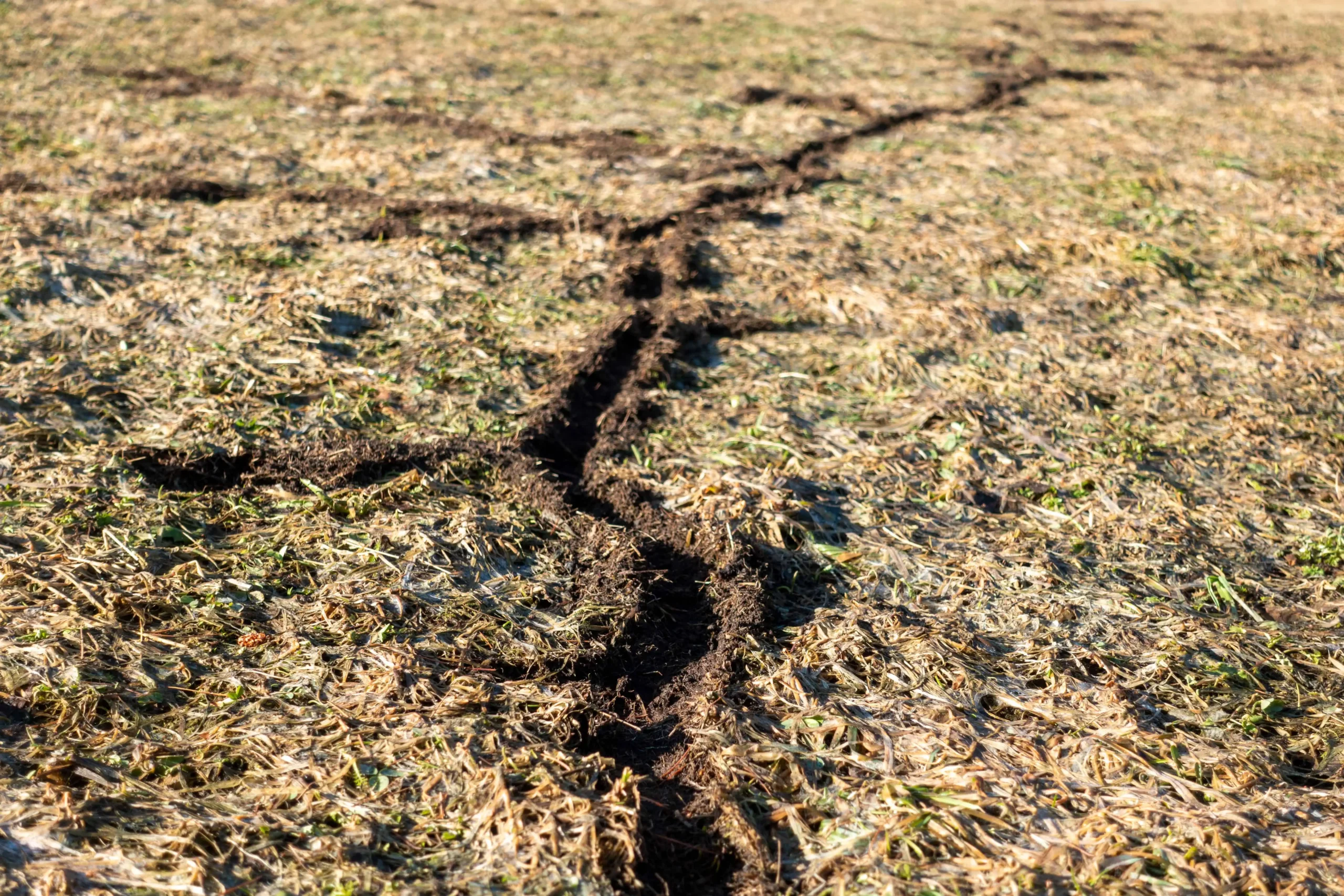Vole Control Tips to Preserve Your Backyard and Gardens
Vole Control Tips to Preserve Your Backyard and Gardens
Blog Article
Comprehensive Overview to Efficient Vole Insect Control: Problem Identification and Therapy Approaches
In the realm of efficient insect control, vole problems pose a distinct challenge that demands a strategic technique. These tiny rats, commonly mistaken for mice, can ruin yards, lawns, and crops if left untreated. Determining the signs of vole presence and implementing targeted treatment methods are vital elements of a successful pest administration plan. By discovering the nuances of vole actions, recognizing crucial signs of infestation, and assessing an array of control alternatives, one can develop a comprehensive method to fight these evasive parasites.
Understanding Vole Behavior
Vole behavior is characterized by their delving practices and rapid recreation rates, making them a challenging pest to regulate effectively. Their quick reproductive price additional complicates control efforts, with females qualified of creating multiple clutters in a single year, each consisting of several children.
Comprehending vole behavior is vital for efficient insect control techniques. By identifying their burrow places, keeping track of feeding areas, and executing targeted control methods, such as capturing or environment adjustment, vole infestations can be managed successfully.
Signs of Vole Infestation

Avoidance Approaches
Applying effective prevention techniques is crucial in reducing vole problems and protecting plant life from their harmful feeding routines (vole control). To stop vole problems, it is essential to begin by removing possible food sources and sanctuary. Maintain grass and plant life trimmed short, remove weeds and debris, and maintain a tidy garden or grass to make the location less eye-catching to voles. Installing obstacles such as hardware towel or below ground fencing can also assist hinder voles from entering details locations. In addition, reducing excess wetness by dealing with leaky pipelines and ensuring appropriate drainage can make the atmosphere less friendly for voles.
Consistently evaluating the residential property for indications of vole activity, such as paths and delve openings, is crucial for early detection and timely activity. If vole task is believed, consider using traps or repellents strategically put near their paths.
Non-Lethal Control Methods
To properly handle vole populaces while focusing on gentle approaches, non-lethal control methods supply sensible services for minimizing vole damage in landscapes and gardens. One efficient approach is using physical obstacles such as equipment cloth or cable mesh to safeguard vulnerable plants. These barriers can be hidden at the very least 12 inches curved and deep at a 90-degree angle to stop voles from delving below. In addition, habitat modification can discourage voles by lowering their preferred food sources and hiding spots. Keeping a well-mowed lawn, removing particles, and keeping greenery cut can make the environment less appealing to voles.

Lethal Control Options
One efficient approach for addressing vole problems in yards and landscapes entails the tactical use of lethal control choices. When faced with a severe vole invasion that non-lethal methods have failed to consist of, implementing dangerous control steps comes to be critical. One frequently employed deadly control alternative is making use of breeze catches. These traps are created to quickly and humanely kill voles upon activation, making them a popular choice for several garden enthusiasts and landscaping companies. To increase the effectiveness of breeze catches, it is advised to position them in areas where vole activity is high, such as along paths or near burrow entrances. One more deadly control alternative is the utilization of toxic lures particularly created to target voles. These lures include poison that is ingested by the voles, bring about their ultimate demise. Caution must be worked out when utilizing hazardous lures to prevent damage to non-target pets or pets. On the whole, when employing dangerous control alternatives, it is necessary to do so responsibly and according to regional laws to successfully handle vole problems.
Conclusion
In conclusion, efficient vole pest control requires a thorough understanding of vole actions, recognition of indications of problem, application of avoidance techniques, and use of both non-lethal and dangerous control approaches. By integrating vole control these methods, individuals can efficiently manage vole populations and safeguard their home from damages. It is essential to address vole problems without delay to stop additional issues and reduce the influence on the surrounding setting.
Offered the complex tunnel systems and fast reproduction prices particular of voles, identifying the indicators of vole problem comes to be important in effective bug control. One of the key indicators of vole existence is the existence of surface area runways or trails in grass or snow, normally about 1-2 inches vast, produced as voles take a trip between their burrows and food resources.To successfully manage vole populaces while prioritizing humane techniques, non-lethal control approaches offer functional solutions for reducing vole damages in landscapes and yards.One effective approach for dealing with vole problems in yards and landscapes includes the tactical use of deadly control choices. vole yard damage.In final thought, efficient vole insect control requires a comprehensive understanding of vole behavior, recognition of indicators of invasion, application of prevention techniques, and usage of both non-lethal and deadly control methods
Report this page